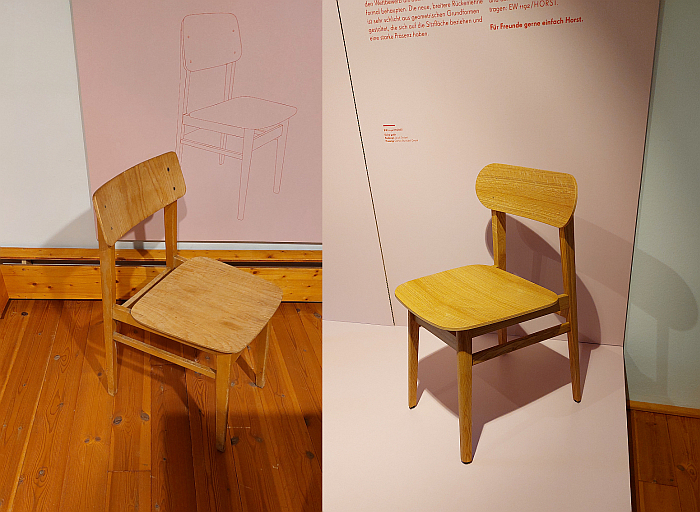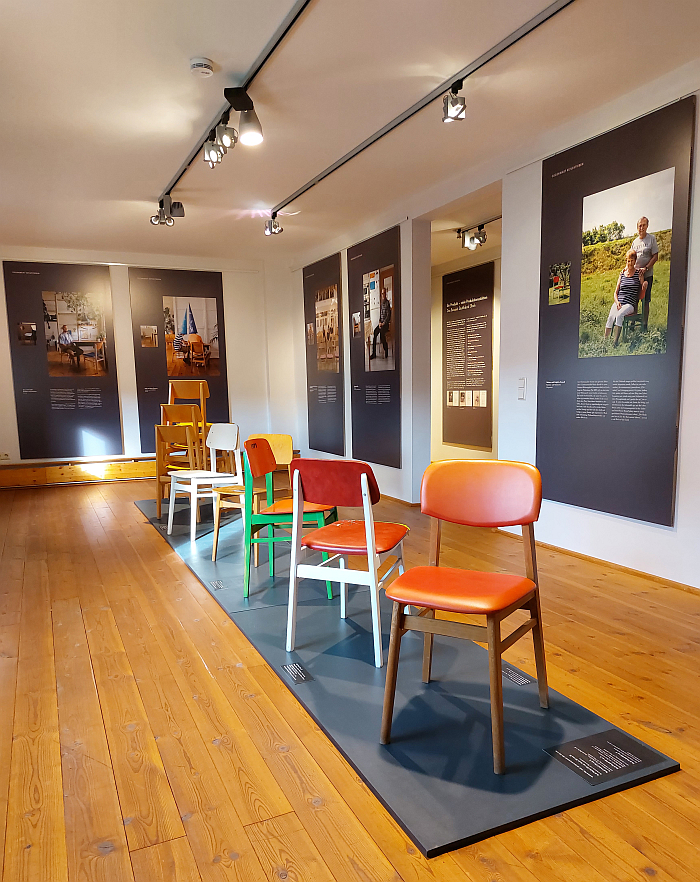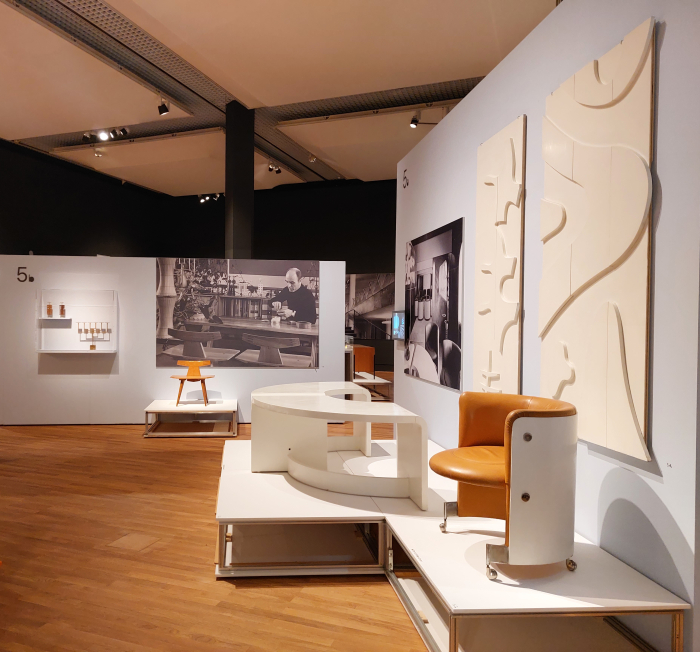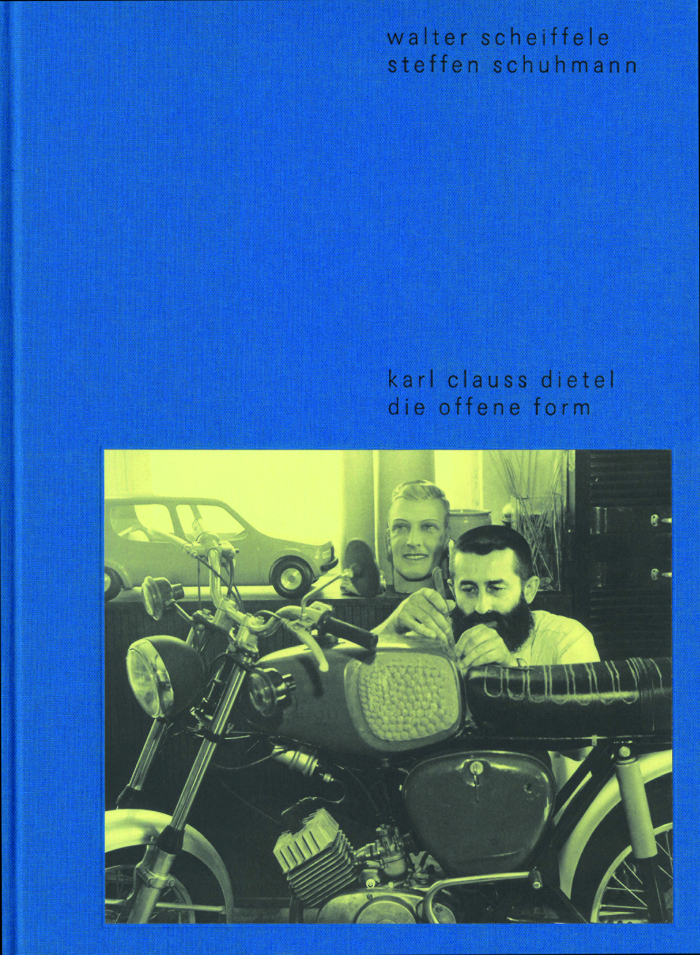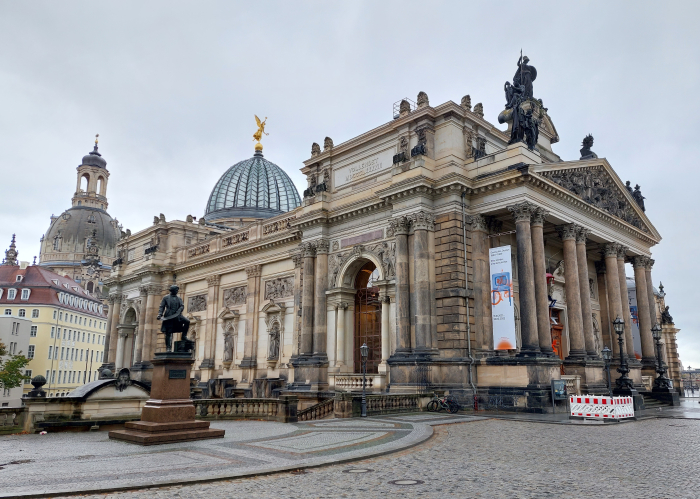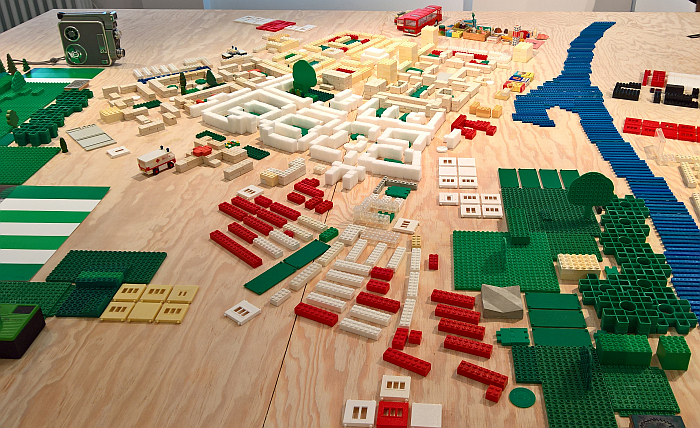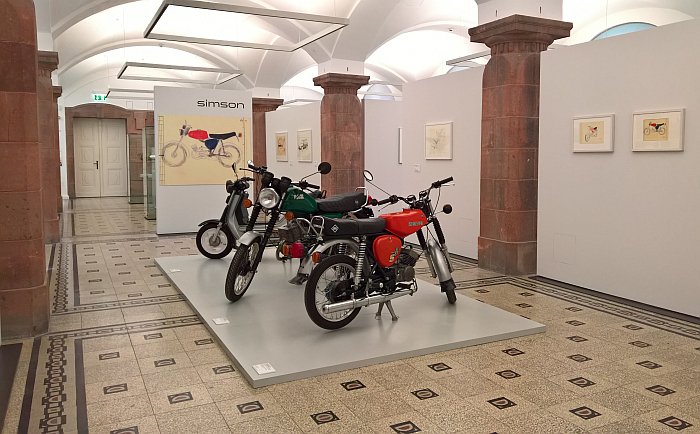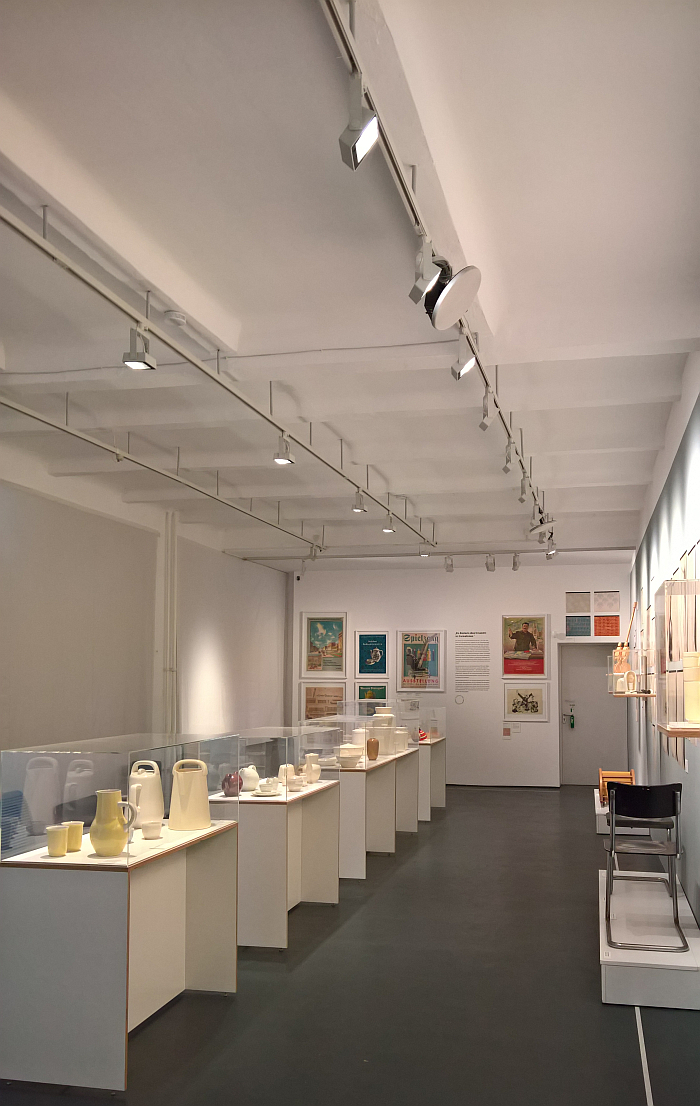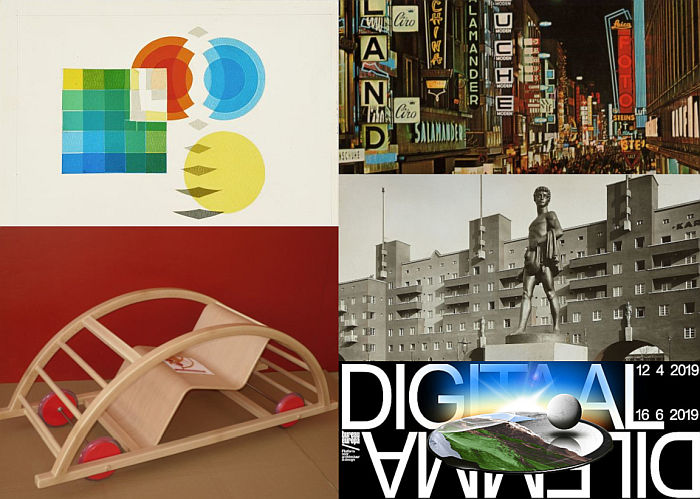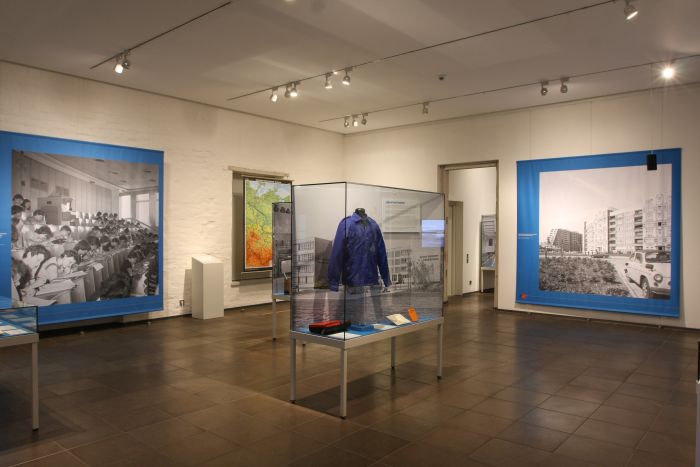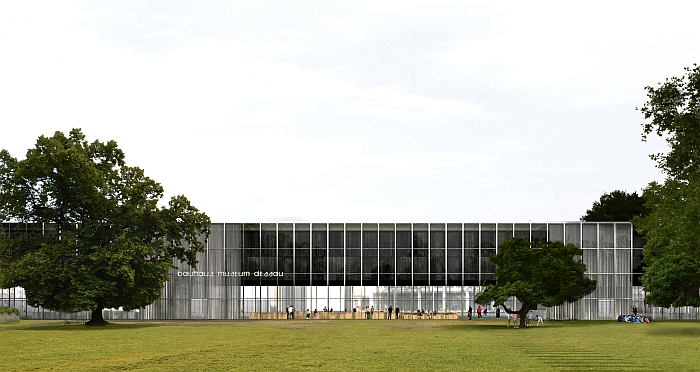Hallo Horst! Or, How, and why, the EW 1192 became Horst…….
As noted from the exhibition Der ungesehene Designklassiker at the Deutsches Stuhlbaumuseum, Rabenau, alongside the introduction, re-introduction, enabled to the EW 1192 by Horst Heyder, a work that was, in all probability, the most widely found, most widely used, chair in the DDR and, potentially, one of the chairs existent in the greatest population densities anywhere ever, and thus a chair that inarguably shouldn’t need to be re-introduced, but which on account of the nature of the development of Europe since 1989 sadly does, one also finds a contemporary 21st century re-design of the EW 1192 by Leipzig based designer Jacob Strobel.
A re-design that poses the question darf one re-design a work such as the EW 1192?, is one allowed to re-design a work such as the EW 1192?
¿Is one allowed to re-design a work that was one of the most widely found, most widely used, chairs in the (hi)story of a nation?
¿Is one allowed to re-design a work that so eloquently and succinctly allows access to more nuanced appreciations of the (hi)story of furniture design in the DDR?
¿Is one allowed to re-design a work that is one of the few surviving testaments to the work of Horst Heyder, an individual who played an important role in the development of furniture design in the DDR?
¿Is one allowed to re-design a work that is one of the few surviving testaments to the work of the Entwicklungsbüro Waldheim, an institution who played an important role in the development of furniture design in the DDR?
¿Is one allowed to re-design a work that is an artefact of daily life in the DDR, in a nation no longer existent?
¿Darfst du?
???
Standing in the Deutsches Stuhlbaumuseum looking at that contemporary re-design it occurred to us that there was one person particularly well placed to answer that question, one person who’d already considered it in a lot more detail than us. So we we asked them: ¿Is one allowed to re-design a work such as the EW 1192, Jacob Strobel?
¿Darfst du?
Der ungesehene Designklassiker at the Deutsches Stuhlbaumuseum, Rabenau
Imagine you were one of the best selling and most widely used chairs in your country. But (hi)story had forgotten you.
Imagine you were informative in context of elucidating important, but rarely illuminated, chapters in the (hi)story of furniture design. But (hi)story had forgotten you.
Imagine you were instructive in context of the practice and craft and industry of furniture design. But (hi)story had forgotten you.
Imagine you were in use in a great many locations. But no-one saw you. No-one knew your name. Just sat on you.
Imagine you were the EW 1192 by Horst Heyder.
With Der ungesehene Designklassiker the Deutsches Stuhlbaumuseum, Rabenau, not only enable one to imagine, but for all begin to redress the situation……
Retrotopia. Design for Socialist Spaces at the Kunstgewerbemuseum, Berlin
It is, we’d argue, fair to say that most people in western Europe still have a very stereotypical, skewed, if not prejudiced view of late 20th century design in and from those nations that form the eastern half of the European continent.
With Retrotopia. Design for Socialist Spaces the Kunstgewerbemuseum, Berlin, in cooperation with numerous museums and institutions from across eastern Europe, provide an introduction to post-War 20th century architecture and design in and from Croatia, the Czech Republic, East Germany, Estonia, Hungary, Lithuania, Poland, Slovakia, Slovenia and the Ukraine, and in doing so invite us all to begin to approach more probable and more meaningful positions……
karl clauss dietel. die offene form by Walter Scheiffele and Steffen Schuhmann
It is perhaps indicative of the differing receptions to and estimations of design in the former West Germany and the former East Germany that while Dieter Rams’ Ten Principles of good design are revered as if cast in stone, Karl Clauss Dietel’s Five Big Ls of good design have barely seen the light of day since November 1989.
A popular focus on the former West which tends to popular understandings of design from West Germany as being valid and authentic and laudable, while design from East Germany is reduced, denigrated, to cartoon Ostalgie.
With karl clauss dietel. die offene form Walter Scheiffele and Steffen Schuhmann allow one to approach more probable understandings both of the (hi)story of design in the former East Germany and of Karl Clauss Dietel’s position in the (hi)story of design, and in doing so stimulate a re-evaluation of the receptions to and estimations of design in and from East Germany…….
German Design 1949–1989. Two Countries, One History at the Kunsthalle im Lipsiusbau, Dresden
Whereas politics, economics or sport in West Germany and East Germany are well and widely studied, and the similarities and differences regularly and publicly analysed and contextualised, thereby allowing for more refined, nuanced, popular understandings; design in and from the two Germanys remains, largely, a niche subject for a small band of specialists, and on a popular level something not only repeatedly reduced to a few works, institutions and protagonists, but also defined by understandings that, popularly, have barely changed since 1989.
With the exhibition German Design 1949–1989. Two Countries, One History the Kunstgewerbemuseum Dresden challenge those ingrained understandings and thereby allow for the development of more differentiated and detached perspectives……
Endless Beginning. The Transformation of the Socialist City at the Museum Utopie und Alltag, Eisenhüttenstadt
In September 1951 the East German newspaper Neue Zeit informed its readers that, “whomever travels to Fürstenberg sees the beginnings of the new city, a city planned according to the “Principles of Urban Development”.1
Whomever travels to Fürstenberg today arrives in Eisenhüttenstadt, the planned city that arose from those “beginnings”; and a city which, arguably, more than any other, stands proxy for the rise and fall of East Germany.
With the exhibition Endless Beginning. The Transformation of the Socialist City, the Museum Utopie und Alltag explore not only the past, present and future of Eisenhüttenstadt, but also employs Eisenhüttenstadt as a conduit for more general reflections on urban planning and the ongoing, inevitable, intrinsic, transformation(s) of our cities. Socialist or otherwise……
Simson, Diamant, Erika. Formgestaltung von Karl Clauss Dietel at the Kunstsammlungen Chemnitz
“In his work the designer seeks to find the constancy of the good”, wrote Karl Clauss Dietel in 1973, a lightly articulated yet not so straightforward task for, as he continues, not only is the assessment of such dependent on a myriad varying factors, but “the search for what defines design, what it grows from, where it comes from and where it wants to go, takes on new dimensions against the background of our cultural upheaval”.1
With the exhibition Simson, Diamant, Erika. Formgestaltung von Karl Clauss Dietel the Kunstsammlungen Chemnitz allow insights into not only how Karl Clauss Dietel understood “what defines design, what it grows from, where it comes from and where it wants to go” but how those understandings aided and abetted him in his own search for, understanding of, “the constancy of the good”…….
The Early Years. Mart Stam, the Institute and the Collection of Industrial Design at the Werkbundarchiv – Museum der Dinge, Berlin
In 1950 the Dutch architect and designer Mart Stam told a conference in Leipzig, “when I speak here for a group of individuals active in industry about the problem of industrial design, I do so because I believe that it is necessary for us to concern ourselves in detail with the question of industrial design, and also because I believe that through intensive work and cooperation in this field we can contribute to increasing the cultural quality of our goods.”1,2
With the exhibition The Early Years. Mart Stam, the Institute and the Collection of Industrial Design the Werkbundarchiv – Museum der Dinge Berlin elucidate that Stam did more than simply speak about “the problem of industrial design” in the, then, fledgling East Germany, that Mart Stam wasn’t the only person in 1950s East Germany interested in “increasing the cultural quality of our goods”, if ideas about how one defined “increasing” and “cultural quality” varied greatly; and in doing so allows insights into the development of industrial design in East Germany……
5 New Architecture & Design Exhibitions for April 2019
From you have I been absent in the spring,
When proud-pied April, dressed in all his trim,
Enticed us into the following architecture and design exhibitions…….
William Shakespeare, Sonnet 98, From you have I been absent in the spring (extended, with apologies)
Von Ata bis Zentralkomitee @ the Kulturhistorisches Museum Rostock
Artefacts are generally considered remnants of societies and civilisations long past. Remnants which act as chroniclers, guides and reminders of societies and civilisations long past.
Artefacts however needn’t be ancient. Nor the society they document.
With the exhibition Von Ata bis Zentralkomitee the Kulturhistorisches Museum Rostock explore daily life in the DDR through everyday objects, artefacts, and thereby the nature and reality of state influence and control on everyday life.
Bauhaus in East Germany: The Formalism Debate
Bauhaus Dessau was officially opened on December 4th 1926, and by way of celebrating the institution’s 90th anniversary on December 4th 2016 the foundation stone will be laid for the new Bauhaus Museum Dessau; an act which comes just one month after the foundation stone was laid for the new Bauhaus Museum Weimar. Both museums being built in preparation for the coming centenary of Bauhaus’s 1919 inauguration.
An apposite moment we thought to reflect on how Bauhaus was received, or at least how it was received in the early years, in its new, old, East German home1
